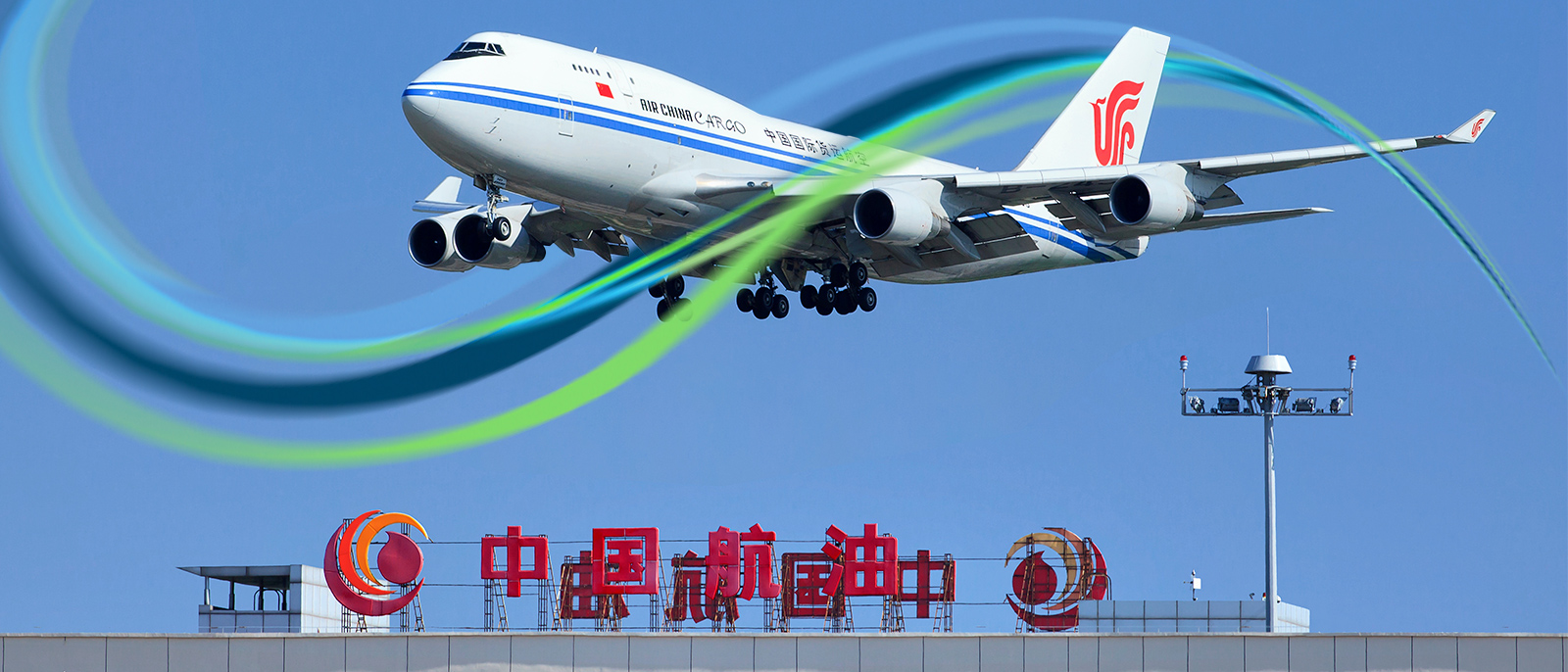Asia has long been the engine of global trade, but in recent years there has been a notable shift within the region itself. Intra-Asia shipping — the movement of goods between Asian countries without passing through distant overseas markets — is experiencing significant growth.
This expansion is being driven by a combination of manufacturing diversification, growing consumer markets, and major investments in port infrastructure. For freight forwarders and shipping companies, understanding these dynamics is key to tapping into one of the most promising segments of the logistics market.
Why Intra-Asia Shipping Is Growing:
Several interconnected trends are fuelling the rise in regional trade. Many companies are adopting “China plus one” manufacturing strategies, diversifying production into countries such as Vietnam, India, Indonesia, and Thailand. This is reshaping trade flows and increasing demand for regional shipping services. Rising middle-class consumption across Asia is boosting imports of consumer goods, electronics, and food products. Businesses are also building more localised, resilient supply chains in response to the disruptions of the COVID-19 pandemic, reducing reliance on distant suppliers.
Meanwhile, infrastructure upgrades are enabling smoother regional trade. Ports such as Singapore, Port Klang, Tanjung Priok, and Laem Chabang are expanding capacity and modernising facilities to handle higher volumes and more complex cargo movements.
Key Trade Lanes in Intra-Asia Shipping:
Major trade corridors include Southeast Asia to Northeast Asia, with large flows of electronics, machinery, and raw materials moving between ASEAN countries and markets like China, Japan, and South Korea. South Asia to Southeast Asia is another important lane, with India, Bangladesh, and Sri Lanka exporting textiles, chemicals, and agricultural products, while importing industrial machinery and electronics. Intra-ASEAN trade is also growing thanks to the ASEAN Free Trade Area, which is promoting closer economic integration.
Opportunities for Freight Forwarders:
The boom in regional trade is creating demand for short-sea shipping — services operated by smaller vessels over shorter distances. These can be faster and more cost-effective than deep-sea options for certain routes. Value-added services, including multimodal transport, warehousing, and distribution, are also in demand as businesses look for end-to-end solutions. There is growing potential to serve small and medium-sized enterprises (SMEs) entering the export market, especially with competitive rates and simplified processes. Green shipping initiatives, such as the use of low-emission vessels and optimised routing, are becoming a key differentiator.
Challenges to Consider:
Despite the growth potential, there are hurdles to navigate. Port congestion remains a risk, particularly during periods of rapid trade expansion. Regulatory differences between countries can complicate compliance, while seasonal demand spikes can strain capacity and affect rates. Geopolitical tensions in the region, including territorial disputes, can also disrupt trade flows.
Strategies for Success in the Intra-Asia Market:
Forwarders aiming to capture market share should invest in regional expertise, understanding the cultural, regulatory, and logistical nuances of each market. Leveraging technology to provide real-time cargo visibility and streamline documentation can enhance trust and efficiency. Strategic partnerships with regional carriers, port operators, and inland transport providers can expand coverage and reliability. Offering flexible solutions that cater to different shipment sizes, delivery times, and transport modes will help meet the diverse needs of customers.
The Outlook for Intra-Asia Shipping:
The fundamentals supporting intra-Asia trade remain strong, and the market is likely to continue growing in the years ahead. As manufacturing hubs diversify and consumer demand rises, the need for reliable, efficient, and sustainable shipping solutions will increase. Freight forwarders who invest in regional knowledge, digital capabilities, and green practices will be well positioned to benefit from this fast-growing segment of the shipping industry.
If we can help you, please contact us.
